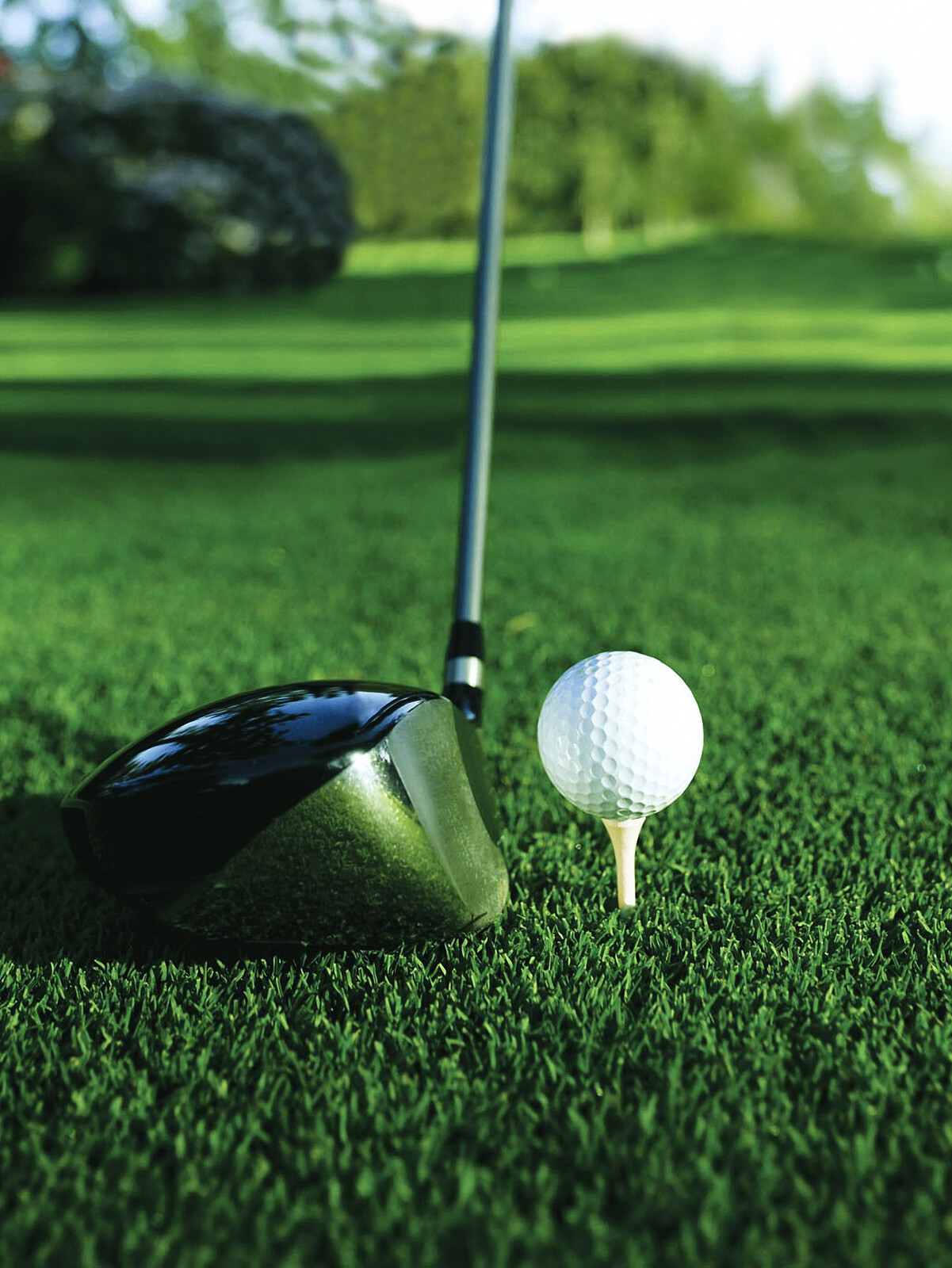Golf courses around Northern Colorado are showing signs of spring, and Master’s week will surely fuel the desire to jump into the 2013 season. There’s only one problem. Our golfing bodies have been in hibernation and the risk for injury looms for players of all abilities.
Golf is often perceived as a low risk sport, however it is actually quite physically demanding and injuries are more common than you might think. Several research studies have shown that 60% of professional golfers and 40% of amateurs suffer either a traumatic or overuse injury due to golfing each year. Of these injuries, 80% are related to “overuse”, a term which means chronic, repetitive stress to muscles, tendons and joints. In amateur golfers, the most common complaint is low back pain. Another common condition is tendinitis, often in the elbows, shoulders or wrists.
On average, each injury causes golfers to lose 5 weeks of playing time, not to mention the potential need for medical attention or therapy to recover. Golfers new to the game are often hurt because of poor swing mechanics, but avid golfers with years of experience frequently suffer overuse injuries. This season’s first piece of advice would be to take a lesson from a local PGA pro to learn or reinforce sound swing fundamentals. No amount of physical conditioning can prevent an overuse injury if your swing mechanics are habitually poor.
Besides the fact that most golfers in Colorado have had 4 or more months off from golf, many people have jobs that are sedentary. Picture slouched posture with forward shoulders and a protruded head. This desk or computer work rarely offers the opportunity to do the most critical motion in the golf swing; rotation through multiple joints in the body. Because of this, all golfers would benefit from active rotational stretches for the hips, trunk, and shoulders. Immediately after these basic exercises, grab a 7 iron and take 20-25 swings in your yard or garage being sure to take a full backswing and then hold the finish position for 3 seconds. This will help activate key golf muscles while taking multiple joints through golf-specific range of motions. Tell your body there’s a new sheriff in town and it’s time to prepare for golf season.
Start your golf season slowly. Coming out of winter your body is likely not conditioned for the strain of lengthy practice sessions. Work up to your desired level of practice and play and consider increased time on short game and a little less on full swing practice sessions. Prior to each round or range session, take the time to warm up. In line with the “start slow” theory is a warning about excessive practice on the synthetic golf mats, which unfortunately are a must in the early season before there is steady grass growth. Studies consistently show increased vibrational and jarring forces on mats as compared to grass, and these forces are often the source of tendinitis and muscle strains in the wrists, elbows and shoulders.
Your most important piece of golf equipment is your body.
Brad Ott MSPT cert MDT, is a physical therapist and president of Rebound Sports & Physical Therapy. He is also a consultant to CSU Men’s Golf. Contact him at [email protected] .

